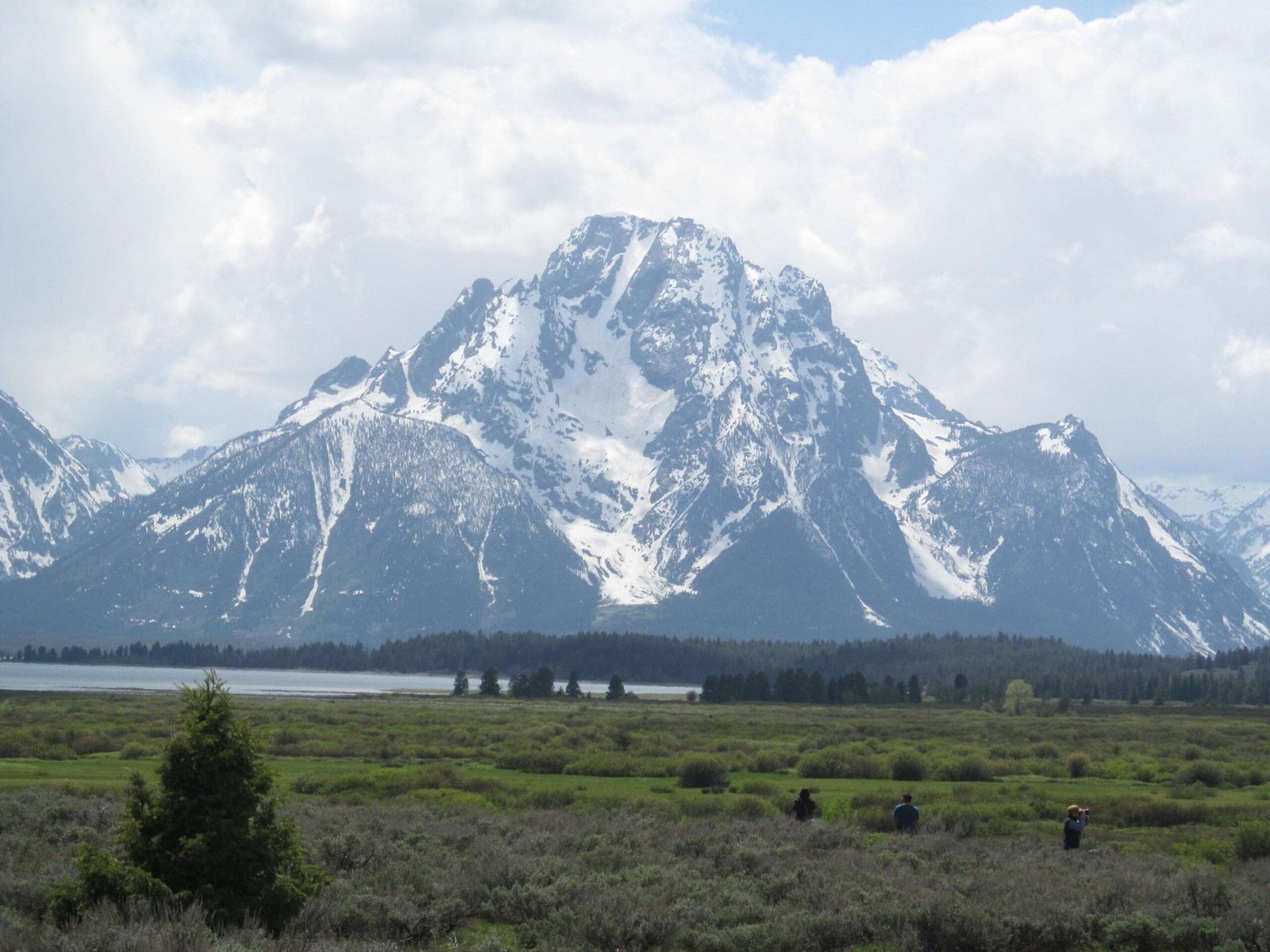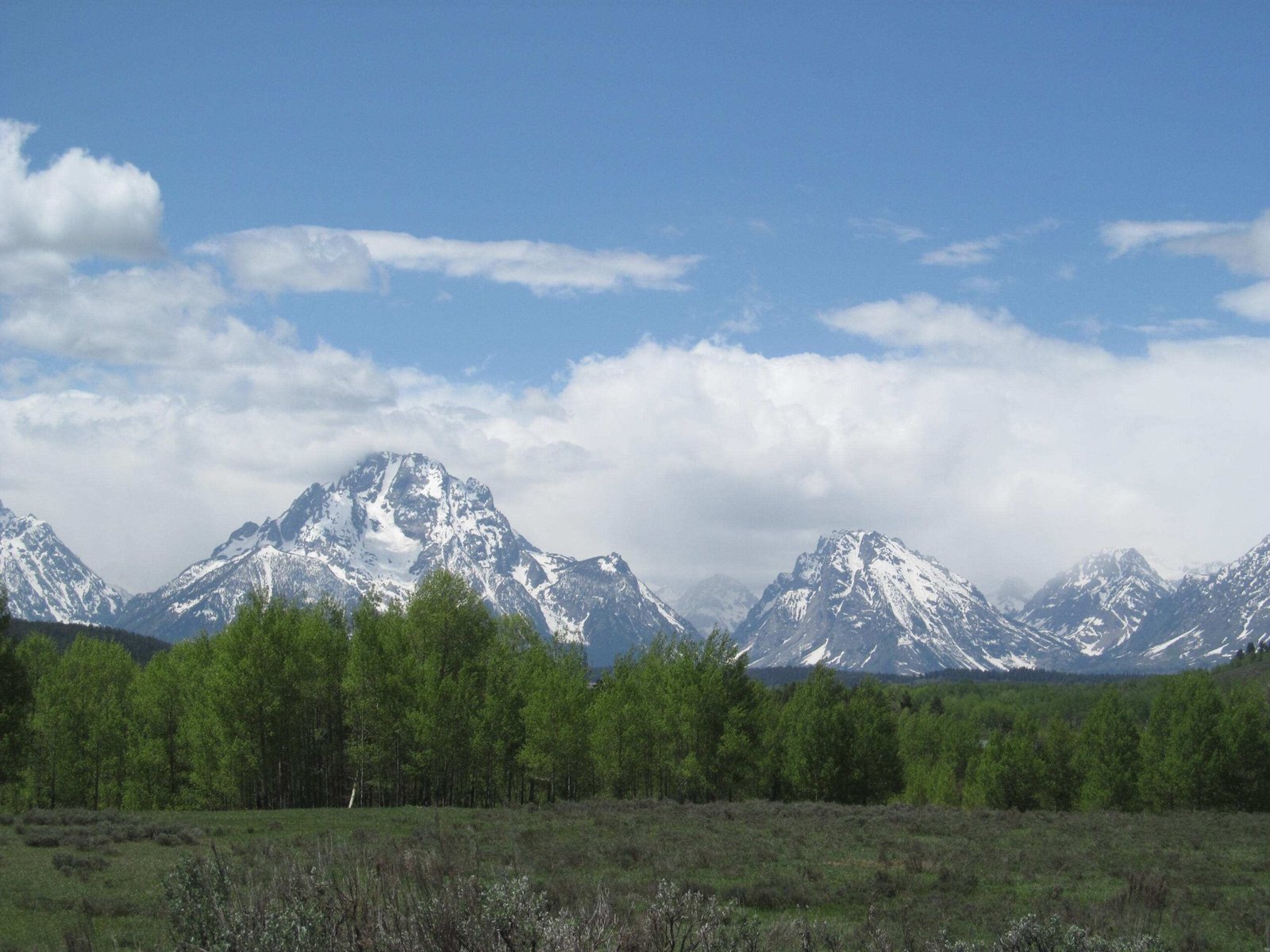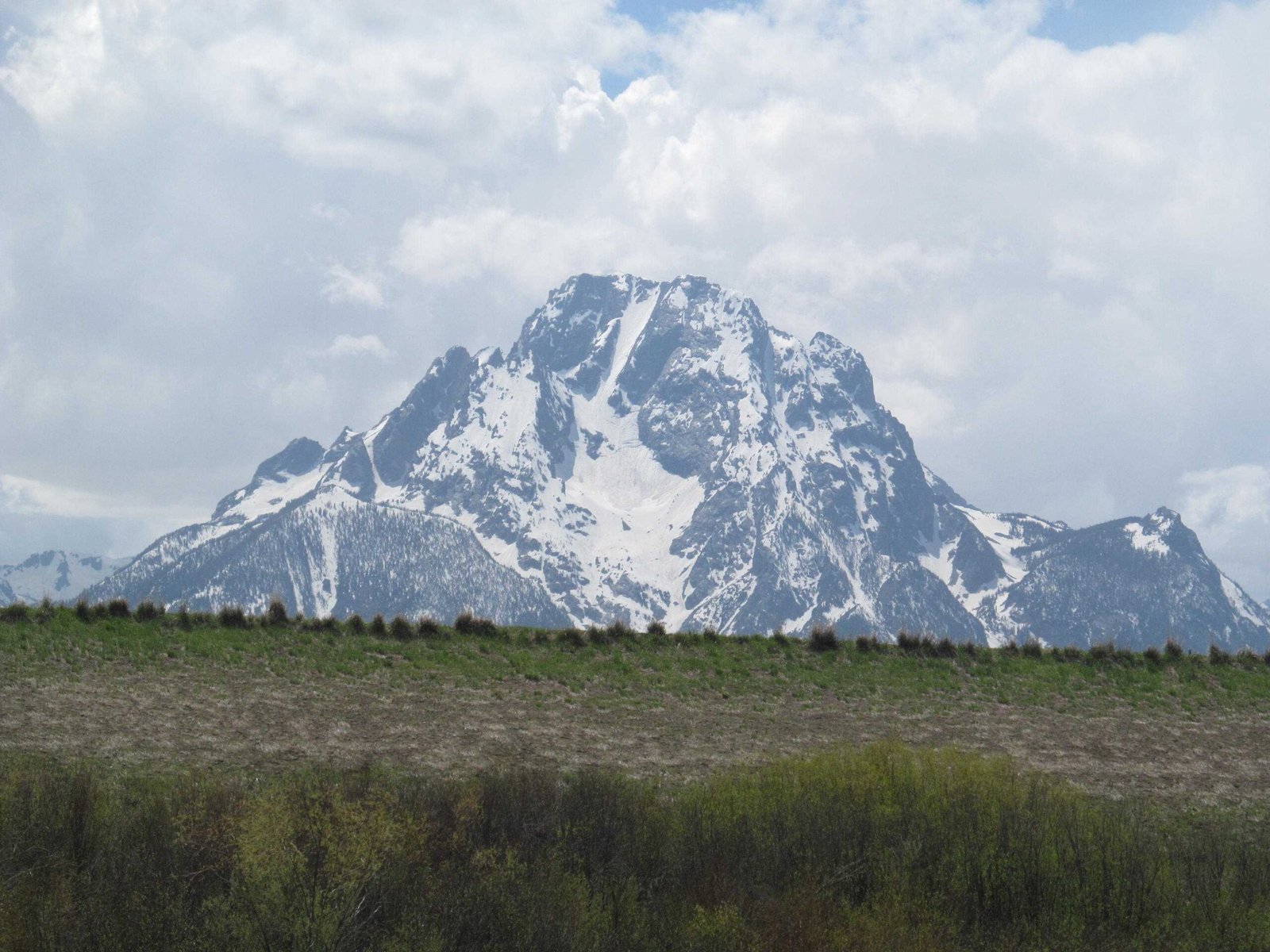Delta Lake in Grand Teton National Park represents a stunning alpine jewel nestled within the dramatic Teton mountain range of Wyoming. This hidden turquoise gem offers adventurers a challenging yet rewarding hiking experience, featuring breathtaking views of rugged mountain landscapes, pristine wilderness, and an otherworldly glacial lake that captures the essence of Wyoming’s natural beauty. Hikers and photographers alike are drawn to its remote location and spectacular scenery, making it one of the most sought-after destinations in the national park system.
What Makes Delta Lake Unique?

Delta Lake stands out as an extraordinary alpine destination within Grand Teton National Park, characterized by its stunning turquoise waters and dramatic mountain backdrop. The lake’s unique color results from glacial sediment, creating a mesmerizing visual experience for visitors.
Key Characteristics of Delta Lake
- Location: Grand Teton National Park, Wyoming
- Elevation: Approximately 9,000 feet above sea level
- Water Color: Distinctive turquoise blue
- Surrounding Landscape: Rocky mountain terrain
How Difficult is the Delta Lake Trail?

The Delta Lake trail presents a challenging hiking experience that requires physical fitness and proper preparation. Hikers should anticipate a strenuous journey with significant elevation gain and technical terrain.
Trail Difficulty Breakdown
| Difficulty Level | Details |
|---|---|
| Physical Demand | High |
| Technical Complexity | Moderate to Difficult |
| Required Fitness Level | Advanced |
| Navigation Skills | Essential |
Trail Specifications
- Total Distance: 7.4-8.1 miles round trip
- Elevation Gain: 2,200-2,325 feet
- Trailhead: Lupine Meadows Trailhead
- Recommended Season: June to October
What Photography Opportunities Exist at Delta Lake?
Photographers will find Delta Lake an extraordinary location for capturing stunning mountain landscapes and unique geological features.
Recommended Photography Techniques
- Use wide-angle lenses to capture expansive mountain views
- Shoot during early morning or late afternoon for optimal lighting
- Experiment with long exposure techniques
- Include foreground elements like rocks or vegetation
What Should Hikers Prepare Before Visiting?
Proper preparation is crucial for a successful Delta Lake hiking experience. Hikers must consider multiple factors to ensure safety and enjoyment.
Essential Hiking Preparation
- Bring adequate water and high-energy snacks
- Wear sturdy hiking boots with good ankle support
- Pack layers for changing mountain temperatures
- Carry navigation tools and emergency communication devices
- Check current trail conditions before departure
When is the Best Time to Visit Delta Lake?
Seasonal Considerations
- Peak Season: July and August
- Recommended Months: June to October
- Avoid: Winter months due to heavy snowfall
- Best Photography Light: Early morning hours
What Wildlife and Natural Features Can Be Observed?
Delta Lake’s ecosystem offers diverse wildlife and geological features for nature enthusiasts to explore and appreciate.
Potential Wildlife Sightings
- Mountain goats
- Marmots
- Various alpine bird species
- Occasional elk herds
Safety Recommendations for Delta Lake Hiking
- Always hike with a companion
- Inform someone about your hiking plans
- Carry bear spray
- Stay on marked trails
- Be prepared for rapid weather changes
Additional Tips for Visitors
- Arrive early at Lupine Meadows Trailhead to secure parking
- Bring plenty of water and sun protection
- Use trekking poles for stability
- Practice Leave No Trace principles
Reference:
– National Park Service – Grand Teton
– Wyoming Tourism Board
– AllTrails – Delta Lake Trail

